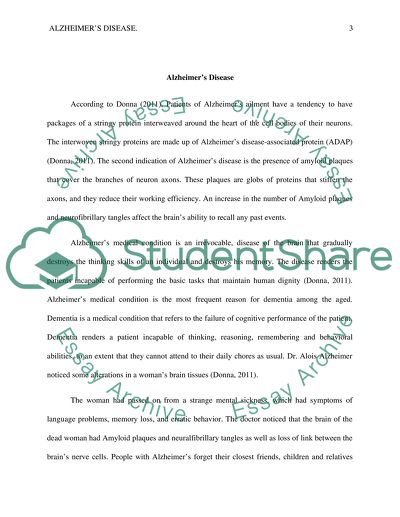Cite this document
(“The Physiology of Alzheimer's Disease Research Paper”, n.d.)
The Physiology of Alzheimer's Disease Research Paper. Retrieved from https://studentshare.org/psychology/1444825-the-physiology-of-alzheimer-s-disease
The Physiology of Alzheimer's Disease Research Paper. Retrieved from https://studentshare.org/psychology/1444825-the-physiology-of-alzheimer-s-disease
(The Physiology of Alzheimer'S Disease Research Paper)
The Physiology of Alzheimer'S Disease Research Paper. https://studentshare.org/psychology/1444825-the-physiology-of-alzheimer-s-disease.
The Physiology of Alzheimer'S Disease Research Paper. https://studentshare.org/psychology/1444825-the-physiology-of-alzheimer-s-disease.
“The Physiology of Alzheimer'S Disease Research Paper”, n.d. https://studentshare.org/psychology/1444825-the-physiology-of-alzheimer-s-disease.


